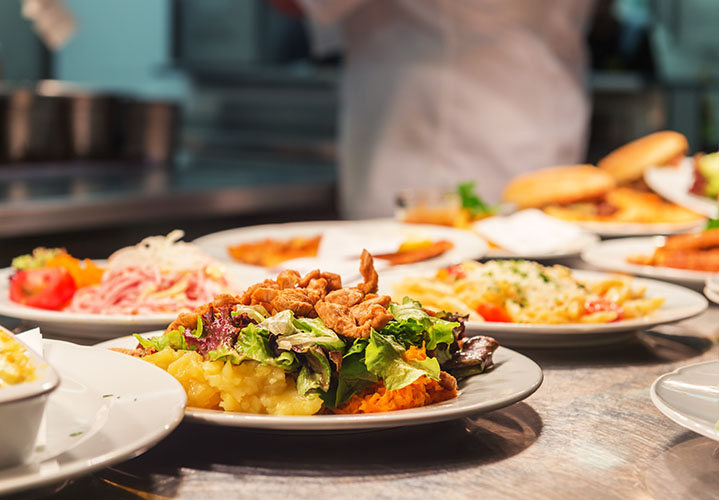The government’s monthly insolvency statistics for June 2022 paint a picture of an economy that is still struggling to return to pre-pandemic profitability. Company insolvencies were 40% higher than for the same period last year and 15% higher than in June 2019 (i.e. pre-pandemic levels), with the increased level of insolvencies being largely driven by the higher number of creditors’ voluntary liquidations.
The challenges facing the economy will be felt to varying degrees across all industry sectors. However, for several reasons, the hospitality sector appears to be bearing the brunt more acutely than others - in the 12 months ending in Q1 2022, the hospitality sector was one of the worst-affected in terms of insolvencies. With soaring prices and the energy crisis set to continue, this trend looks set to continue.
So, what is behind the continued upward trend for insolvencies?
Economic pressures
With the cost-of-living crisis and inflation reaching a 40-year high of 9.4%, consumers have had no choice but to decisively tighten their belts. Discretionary spending has been one of the first areas for households to cut back on when many are struggling to meet even the most basic of living costs. The significant number of employees continuing to work from home under new "hybrid working" arrangements has further exacerbated the situation - as lunchtime footfall in many town and city centres, which many hospitality businesses have historically relied upon, has dropped significantly. There is some evidence that June sales were bolstered for many hospitality businesses owing to the good weather and the long Jubilee weekend in particular, but given the prevailing economic headwinds and other emerging challenges, it is likely that this is just a temporary boost.
Inflationary pressure on wages coupled with problems recruiting staff, increases in raw material costs, supply chain issues (particularly in relation to the supply of food following the war in Ukraine) and the huge increase in the cost of energy means that the overheads of businesses have also increased – leaving many businesses coming out of the pandemic struggling to operate profitably. Hospitality businesses face the difficult decision as to how much of their additional costs can be passed on to customers at the risk of deterring further spending.
Recent industry analysis estimates that just 37% of restaurants and bars are currently profitable, prompting some in the sector to call for urgent government assistance. A measure widely seen as successful during the pandemic was the temporary reduction in VAT across the hospitality sector to stimulate consumer spending. It remains to be seen whether the government will seek to implement a similar measure to ease the continuing pressures the sector is facing, albeit this could fuel further inflation. A new Prime Minister might bring hope of an improved business rates system as a way of restoring the UK’s high streets.
What options are available for businesses?
Given the current challenges, it is more crucial than ever that hospitality businesses keep a close eye on cash flow so that any potential difficulties are spotted at an early stage. This will facilitate early engagement with stakeholders (such as suppliers, landlords or lenders) with a view to reaching a consensual solution. It is also open to businesses to take these steps pre-emptively – for example, by seeking to agree new payment terms with suppliers, restructuring existing bank lending or seeking a change to rental obligations under existing leases with landlords.
Where the financial issues become more serious, hospitality businesses may need to consider a formal insolvency process. Administrations have increased significantly in the last year and can be an effective mechanism for rescuing the viable part of an underlying business. The processes introduced pursuant to the Corporate Insolvency and Governance Act 2020 - namely, the Part 26A restructuring plan and the Part 1A moratorium – may also be potential options. However, recent evidence suggests that the moratorium has been infrequently used (perhaps in part because it is only suitable for businesses than can meet their pre-moratorium debts) and that the restructuring plan is too expensive to appeal to small to medium sized businesses. The popularity of company voluntary arrangements has dipped slightly within the last year, although this may still prove a useful tool for businesses which operate from multiple leasehold premises, some of which are unprofitable.
Regardless of which option struggling hospitality businesses choose to adopt, seeking professional advice and engaging with creditors and other stakeholders at an early stage is crucial to ensure that the most appropriate strategy can be formulated before a business reaches a critical impasse.
This article was first published in page 10 of Caterer, Licensee, Hotelier News and can be accessed here.

 Louise Corcoran
Louise Corcoran Lucy Trott
Lucy Trott